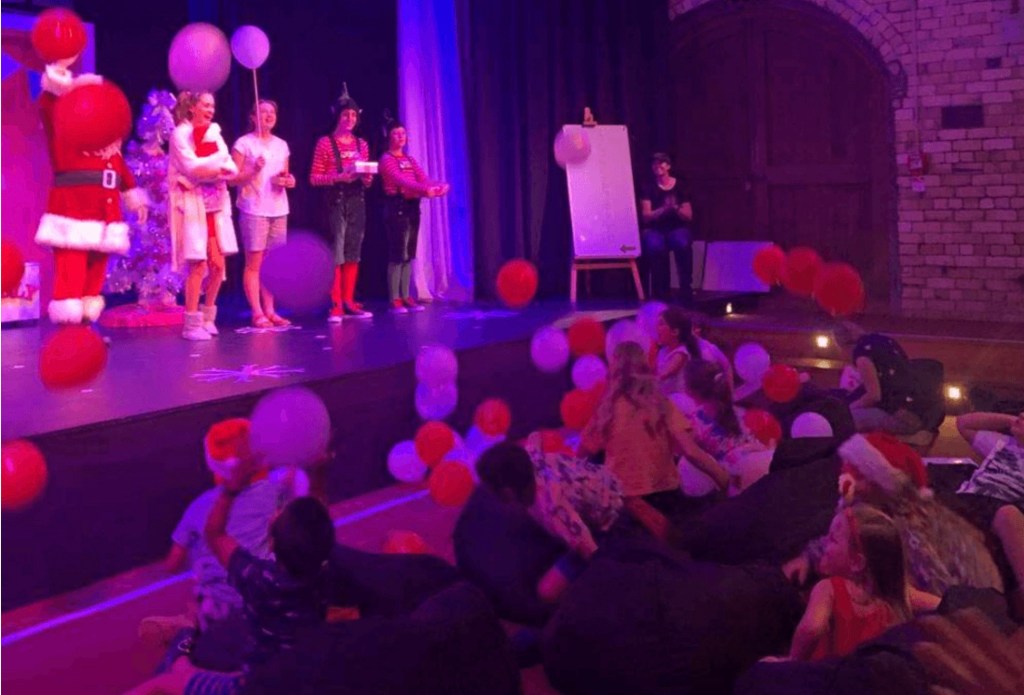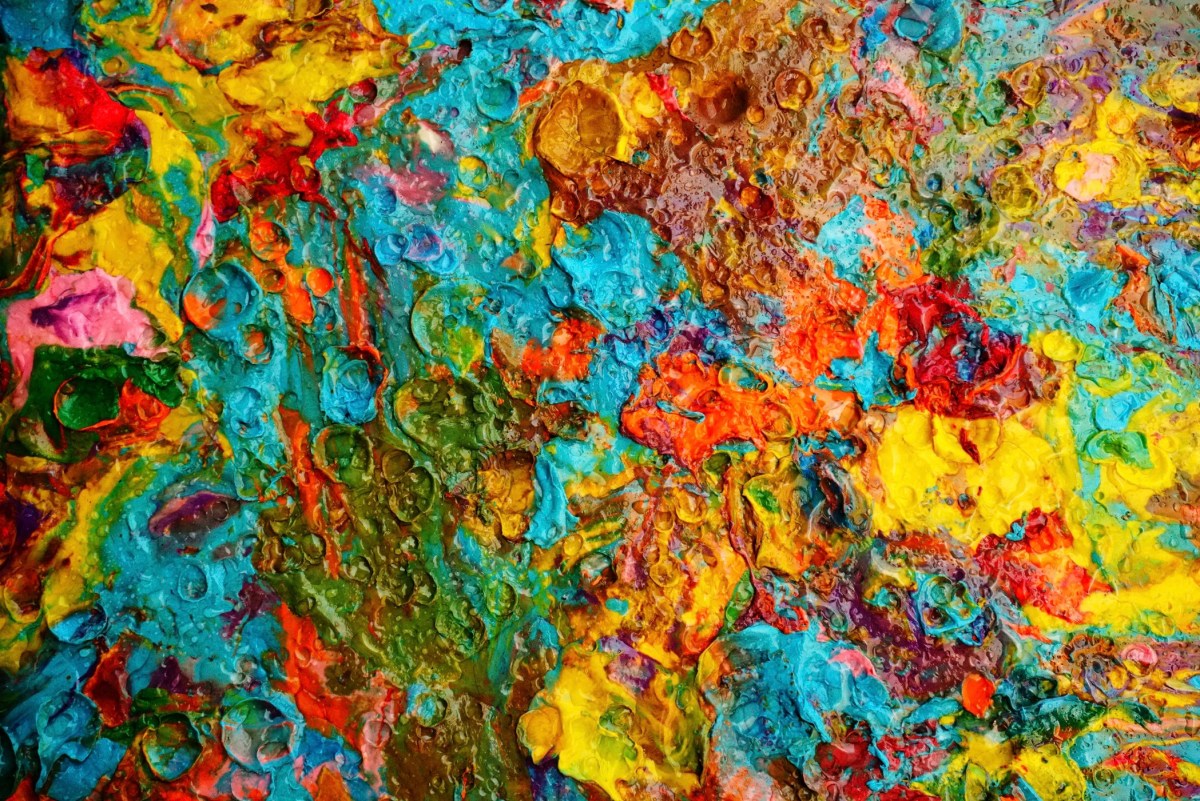In a world so confined by social and economic structures, there’s a strong overlap between two outlying communities: the artists and people with autism.
Both of these groups face struggles existing authentically in our current mode of society: the artists put down their tools of creation to work “day jobs” to pay the bills while the individuals with autism put on a mask to evade criticism and scrutiny of their “different” ways of being.
As a natural result of this, the two are drawn together – hence the prevalence of neurodiversity in the arts.
But do we exhibit enough awareness of this broad facet of our community and provide the accommodations necessary for true acceptance? With the unique position of artistry on the fringes of the status quo, are we not perfectly situated to play a key role in this movement and to set an example for our neurotypical peers through communication and education – two themes the arts already uphold?
Saddled with stereotypes
For decades, those with neurological differences considered “outside” the hypothetical norm have been erased, overlooked and forced to adapt to a social structure unsuited to their unique dispositions – a debilitating adjustment gone widely ignored by modern society.
Stereotypes perpetrated by media and a lack of research in the psychiatric industry would have us believe that neurodivergent people all behave a certain way, are recognisable by an “extreme” set of tropes (such as difficulties with verbal communication, aggressive behaviour and aversity to touch) and that neurodivergence is only valid – or worth acknowledging – when manifesting at these far ends of the mythical “functionality” scale.
But recently a surge in awareness – brought about by factors including an increase in intersectional understanding, social education and the community-building of social media – has taught us that not only does autism diverge from these preconceived stereotypes, it’s actually not as rare or particularly unusual as our collective ignorance may have previously led us to believe.
Naysayers will claim that people have begun self-diagnosing in masses to conform to some sort of hip “trend” courtesy of TikTok et al but, contrary to this offensive assumption, we simply have more access to information and a wider perspective regarding diagnostic criteria.
Read: How autism shaped the poetry of Les Murray
We are learning to a previously unattainable degree how to recognise these qualities in ourselves – an entirely valid form of diagnosis and a first step towards the structurally and financially far-off concept of professional diagnosis. There are many valid reasons not to pursue that type of diagnosis, especially when considering the ableism so entrenched in our social structures – this is exhibited in our own country by the fact that immigrants with autism diagnoses are barred from being granted citizenship, to name just one example. Self-diagnosis is often the only accessible form of diagnosis and has the power to enable individuals to accommodate and advocate for their own needs.
Understanding autism
The way I’ve best heard the autism spectrum described – contrary to the linear “high-functioning” and “low-functioning” spectrum, which simultaneously demeans those with extra difficulties and invalidates those whose struggles may be less outwardly visible – is as a colour gradient wheel.
All autistic people experience different symptoms to different degrees – we’re not all antisocial and we don’t all have some kind of prodigious talent, but we have a combination of varying symptoms that make up a “pattern” to signal the possibility of diagnosis.
These symptoms can include sensitivity to sound, texture and other external stimuli; intense and consuming passions (aka “special interests”); emotional outbursts or declines in executive function (“meltdowns” and “shutdowns”, often in response to stress or burnout); and social differences, which I prefer to the “antisocial” term, as it can encompass not just introversion or non-verbal natures, but also bluntness, excessive honesty and oversharing – almost a sort of over-social trait in the same category of the spectrum.
Autism doesn’t come in one-size-fits-all, it manifests differently across varying social factors and backgrounds – something not considered by the decades of researchers focusing primarily on young white males, who often overlooked the concept of adult autism altogether (because, funnily enough, neurological conditions aren’t something that one just grows out of).
It’s a statistical fact that autism is underdiagnosed in women – a 1:4 ratio compared to males – or misdiagnosed as anxiety, a personal pet peeve of mine. There is also a lack of representation in POC communities. It’s my hope that this will change in the coming years – as the community continues to grow, educate and gain autonomy.
The simple truth is autistic people are everywhere – the current statistic in the US is 1 in 36 children, which is only set to increase as the stigma and stereotypes continue to be overcome and more adults seek diagnosis.
‘But that’s normal!’ my mother declares as I educate her on the aforementioned symptoms.
Exactly. It’s normal.
Autism is a perfectly regular aspect of our diverse humanity. We’ve just been led to believe that it’s somehow unusual, uncommon – a drastic incarnation of otherness.
Why? Here’s my theory:
Capitalism
What do neurodivergent traits across the spectrum have in common: the sensitivity, the outbursts, the time-blindness, the social differences, the need for accommodations? They’re not conducive to being a cog in the wheel.
There is nothing wrong with the shape of us: we simply do not fit the prescribed machine. Autistic people like to know why – and they often have a deep-felt passion for social justice. Thus [we ask] why the world is the way it is, why profit is so often prioritised over people and passion, why we have to exhaust ourselves for an inauthentic lifestyle?
In what world would those answers we’re dismissively given make sense? Why would we, so frequently ostracised by the society that has “othered” us, then other ourselves to be a mismatched part of a picture in which we see no sense, no logic, no beauty?
It’s my belief that the capitalists – the status-quo maintainers of the world – needed a definition, a box in which to shut away these outliers of the 20th century industrialisation that’s evolved into our current scourge of late-stage capitalism.
“Autism” as a diagnosis didn’t exist in the 1800s and earlier – the first case being in 1938, the subject of which is still alive today – although ‘autism’ as a neurological make-up certainly did. It was just that then, being sensitive, being introverted, being different, had nothing against which to be declared “defunct”.
The othering of autism is – in my autistically-sensationalised perspective – a capitalist scam to confine us to a category in which we can be infantilised, excluded and clearly labelled as a glitch in the economic structure of the mindless 40-hour work week, while simultaneously gatekeeping the process of diagnosis, all in an effort to prevent the system being questioned rather than the people.
These individuals pushed to the outskirts of society find their own communities, which only continue to grow. Some pre-established communities are already anti-capitalist in nature, already open-armed for the outliers, for those who experience the world a little differently.
That’s why people with autism often gravitate naturally towards the arts.
A natural fit
Autism and the arts go hand in hand: what better haven for those with heightened sensitives, unique perceptions and consuming passions? Here, individuality and creative ways of looking at the world are valued instead of shut down, everything is simultaneously subjective and true. There is no right or wrong in the arts – only expression, only a form of communication that may be preferable to those who struggle with the usual methods.
Here in art is an answer to ostracisation and all the questions we cannot help but ask. Even without an answer, those questions have value and can touch the minds of those with whom we share a common thread: a form of connection through which art creates not just a social community, but a spiritual one.
Read: Strengths and challenges for neurodivergent editors
Here, even in the most isolating of creative methods, we are not alone. Our creation is specifically ours, an inherent truth that need not conform to any dictated structures, but also a doorway through which to share, to build kinships, to be validated in the very way of being that has been previously determined an oddity.
Here, the odd finds profundity – and the individual not just acceptance but celebration.
What you can do
Due to this frequent alignment of the arts and autistic communities, I can’t think of a better facet of society to accommodate autism and facilitate acceptance. We can do that by first educating ourselves on the myriad manifestations of the condition, learning to both recognise and normalise it in those around us – or maybe even in ourselves.
Second, we can do this by finding ways to accommodate their unique needs. The arts can be an extremely demanding lifestyle – from the kind of focus necessary for productive written or visual art to the socially-intricate teamwork of the performing arts, to the overstimulation of the music scene, as well as the simply demanding schedules, which can so often plunge us into burnout.
Helping the invisibly disabled navigate these frequently overwhelming complications can sometimes be as simple as asking them what they need: be it earplugs or other noise-protectors, a safe place with calming sensory stimulations like stim toys to centre oneself, an isolated work environment to aid focus or a social network in which to bounce around ideas and access support.

Artists in authoritative roles – such as direction or choreography – should also practise direct communication to ensure clarity and ease of understanding, as well as patience should any mistranslations happen. There are so many ways to accommodate these frequently invalidated disabilities. Sometimes it’s just about asking questions, holding space and being creative – something the arts community certainly knows how to do.
At the end of the day, empathy is inherent in the arts – that’s exactly what we need to accommodate the neurodivergent community.
Understanding and acceptance are essential because autistic people are all around us in the creative world. They are valuable, prevalent members of our community – a community in which they’ve found a place of belonging, away from the rejection of mainstream society. Here we should offer them the visibility that they’ve been historically denied, educating ourselves enough to provide a safe, informed environment in which they no longer have to wear a metaphorical mask – because although we’re artists, that art should stem from sincerity, not the necessity of performance for survival.
Autistic people are taking to the stage, they are raising their voices, they are articulating their own autonomy – what better place to be uplifted in this kaupapa than the arts?
The article was written by Devon Webb and was first published by The Big Idea, NZ. It has been slightly amended to fit with ArtsHub’s house style.





